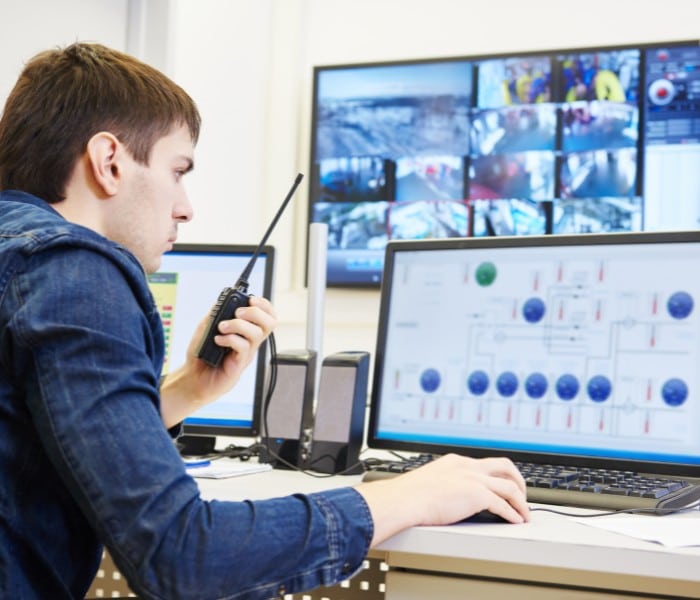Self-checkout machines were supposed to make shopping easier and faster for customers. However, with the increase in thefts, retailers are revamping these machines to include security measures to prevent shoplifting. These security measures come at a cost to the customer’s convenience and add further frustrations to an already stressful shopping experience. You could imply that, the more security measures they have to add, the most thwarting the experience will become for you.
Retailers have also started using RFID tags, which look like stickers, to deter shoplifters. The tags are disabled after shoppers tap them onto a scanner. RFID tags are typically used at self-checkout kiosk that don’t weigh items. Additionally, some stores use multiple-item RFID solutions, where shoppers place all their items inside an RFID-enabled box. While these solutions may seem foolproof, they add another layer of inconvenience to the shopping experience.
Smile, You’re Being Recorded – Retailers Are Adding More and More Cameras to the Self-Checkout
Tons of cameras are being incorporated in place of barcodes at events and other settings where large quantities of the same item are sold. Products are identified visually using an algorithm. While this technology may seem advanced and foolproof, it often leads to misidentification of items and further frustrations for customers. And you could be charged of theft even when you are totally innocent. Wait a sec, let me check… I just double-checked and that true and it could happen to you.

Retailers like Walmart are implementing more security measures amid a spike in theft. Walmart CEO Doug McMillon issued a warning to shoppers, stating that “theft is an issue. It’s higher than what it has historically been.” This statement alone speaks volumes about the severity of the problem and the lengths retailers are willing to go to prevent theft.
Machine and Human Errors Could Cost Money and Drive Innocent Costumers to Jail
One of the main issues with self-checkout machines is the lack of oversight. Unlike a traditional checkout lane, there is no cashier present to monitor the scanning and bagging process. This means that customers can easily scan items multiple times or not scan them at all, without anyone noticing.
That’s why the stores are adding cameras watching and recording the kiosks in different orientations and angles, and costumers should watch for their position in front of the computer. This is really, really important: never block the cameras’ view, because you could look suspicious to the security officers.
Being falsely charged at a self-checkout machine can have serious consequences. In some cases, the customer may not even realize that they have been charged incorrectly until they check their receipt later. This can be frustrating and time-consuming, as the customer must then go back to the store and try to rectify the situation.
In more serious cases, being falsely charged can lead to accusations of theft or fraud. If a customer is repeatedly falsely charged, they may be flagged as a potential shoplifter or scammer. This can lead to legal trouble and a damaged reputation.